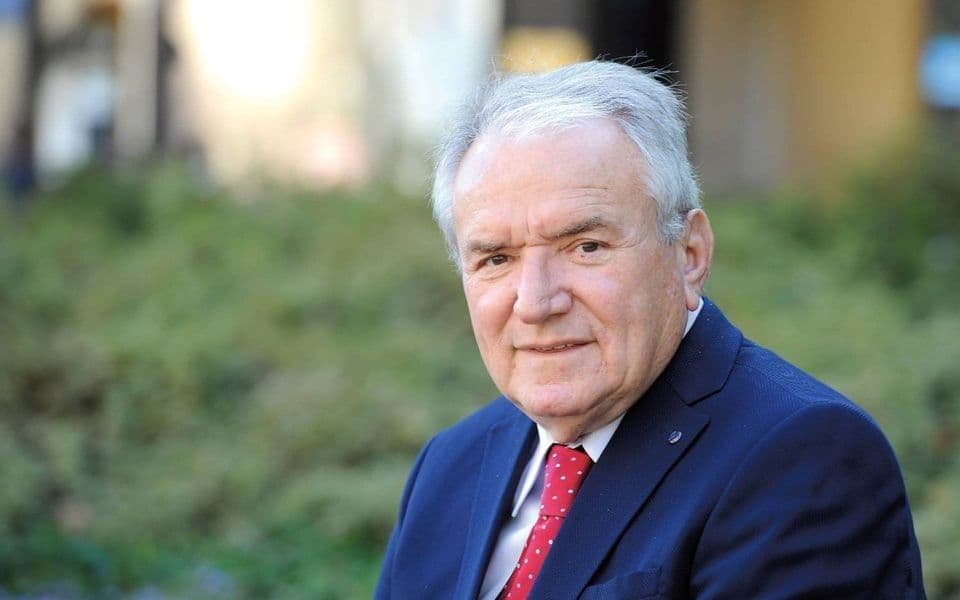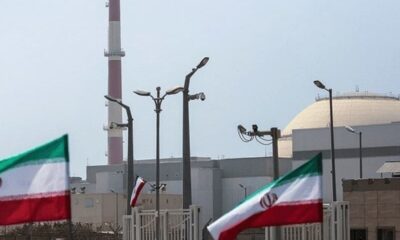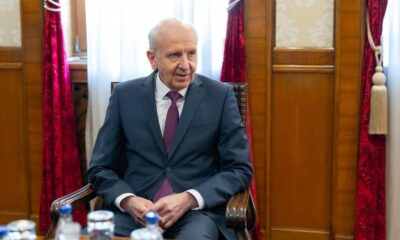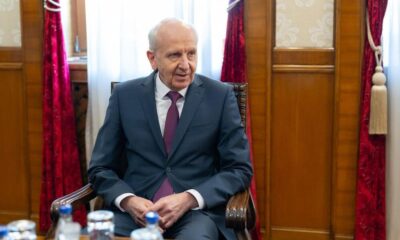Sports
Ukraine Conflict Reshapes Europe’s Energy Landscape

The ongoing conflict in Ukraine has significantly altered the energy dynamics of Europe, creating new energy pathways and reshaping the continent’s dependence on Russian gas. This transformation is not merely metaphorical; it reflects a fundamental shift in global energy geography. As a result of the war, which began in 2022, Europe finds itself facing unprecedented challenges in its energy supply and security.
The war has acted as a catalyst, exposing Europe’s vulnerability due to its heavy reliance on Russian energy supplies. Before the invasion, approximately 46 percent of the European Union’s gas consumption came from Russia, amounting to about 150-160 billion cubic meters annually. These figures illustrate the extent of the energy ties that have bound Europe to Russia for decades, and the consequences of this dependency are now coming to light.
Historically, the energy relationship between Europe and Russia was seen as a stable partnership. Germany, in particular, viewed projects like the Nord Stream 1 and 2, each capable of delivering 60 billion cubic meters of gas per year, as symbols of cooperation and mutual benefit. However, the invasion of Ukraine has severely disrupted this equation, leading to the closure of these vital pipelines and a reassessment of energy security across the continent.
As the conflict continues, European nations are urgently seeking alternatives to Russian gas. The transition is costly, with estimates suggesting that Europe may need to invest nearly $1 trillion to shift away from its reliance on Russian energy resources. This includes ramping up imports of liquefied natural gas (LNG) and increasing the use of renewable energy sources. The European Union has already initiated significant changes to its energy strategy, including the construction of new LNG terminals and the activation of previously dormant coal facilities.
The repercussions of the war have also affected Russia’s energy exports. In 2022, Russia reportedly earned over €100 billion from gas exports to Europe, but the landscape is shifting. With the imposition of sanctions and the withdrawal of European companies from Russian markets, the volume of gas flowing to Europe has plummeted by over 70 percent. China and Turkey have emerged as the primary remaining customers for Russian gas, with each country receiving around 30 billion cubic meters annually.
The European Union has taken decisive steps to cut off Russian energy imports entirely. As of January 1, 2026, the EU will implement a ban on Russian gas imports, effectively closing a pivotal chapter in the energy relationship between Europe and Russia. This decision is emblematic of a broader strategy to establish energy independence and ensure long-term security.
The lessons learned from Europe’s overreliance on Russian gas serve as a warning for other regions contemplating similar dependencies. The Russian gas infrastructure, once a vital lifeline for Europe, cannot easily be repurposed for Asian markets. As Russia attempts to pivot towards China and India, it faces challenges, including demands for discounted prices and unfavorable terms.
The conflict in Ukraine has fundamentally changed the energy landscape in Europe, stripping Russia of its role as a dominant energy supplier. As European nations invest heavily in renewable energy and seek new partnerships, the narrative surrounding Russia as an energy superpower has dramatically shifted. The Kremlin’s strategy of using energy as a political weapon has backfired, and Europe is no longer held hostage to Russian gas supplies.
In conclusion, the war in Ukraine has catalyzed a seismic shift in the energy dynamics of Europe. As countries adapt to new realities and reconfigure their energy strategies, the long-term implications for both Europe and Russia will be profound. This conflict has not only altered energy flows but has also redefined geopolitical alliances and economic strategies for years to come.
-

 Entertainment3 months ago
Entertainment3 months agoAnn Ming Reflects on ITV’s ‘I Fought the Law’ Drama
-

 Entertainment4 months ago
Entertainment4 months agoKate Garraway Sells £2 Million Home Amid Financial Struggles
-

 Health2 months ago
Health2 months agoKatie Price Faces New Health Concerns After Cancer Symptoms Resurface
-

 Entertainment3 months ago
Entertainment3 months agoCoronation Street’s Carl Webster Faces Trouble with New Affairs
-

 Entertainment2 months ago
Entertainment2 months agoWhere is Tinder Swindler Simon Leviev? Latest Updates Revealed
-

 Entertainment4 months ago
Entertainment4 months agoMarkiplier Addresses AI Controversy During Livestream Response
-

 Science4 weeks ago
Science4 weeks agoBrian Cox Addresses Claims of Alien Probe in 3I/ATLAS Discovery
-

 Entertainment4 months ago
Entertainment4 months agoKim Cattrall Posts Cryptic Message After HBO’s Sequel Cancellation
-

 Entertainment2 months ago
Entertainment2 months agoOlivia Attwood Opens Up About Fallout with Former Best Friend
-

 Entertainment3 months ago
Entertainment3 months agoMasterChef Faces Turmoil as Tom Kerridge Withdraws from Hosting Role
-

 Entertainment4 months ago
Entertainment4 months agoSpeculation Surrounds Home and Away as Cast Departures Mount
-

 World2 months ago
World2 months agoCole Palmer’s Mysterious Message to Kobbie Mainoo Sparks Speculation





















